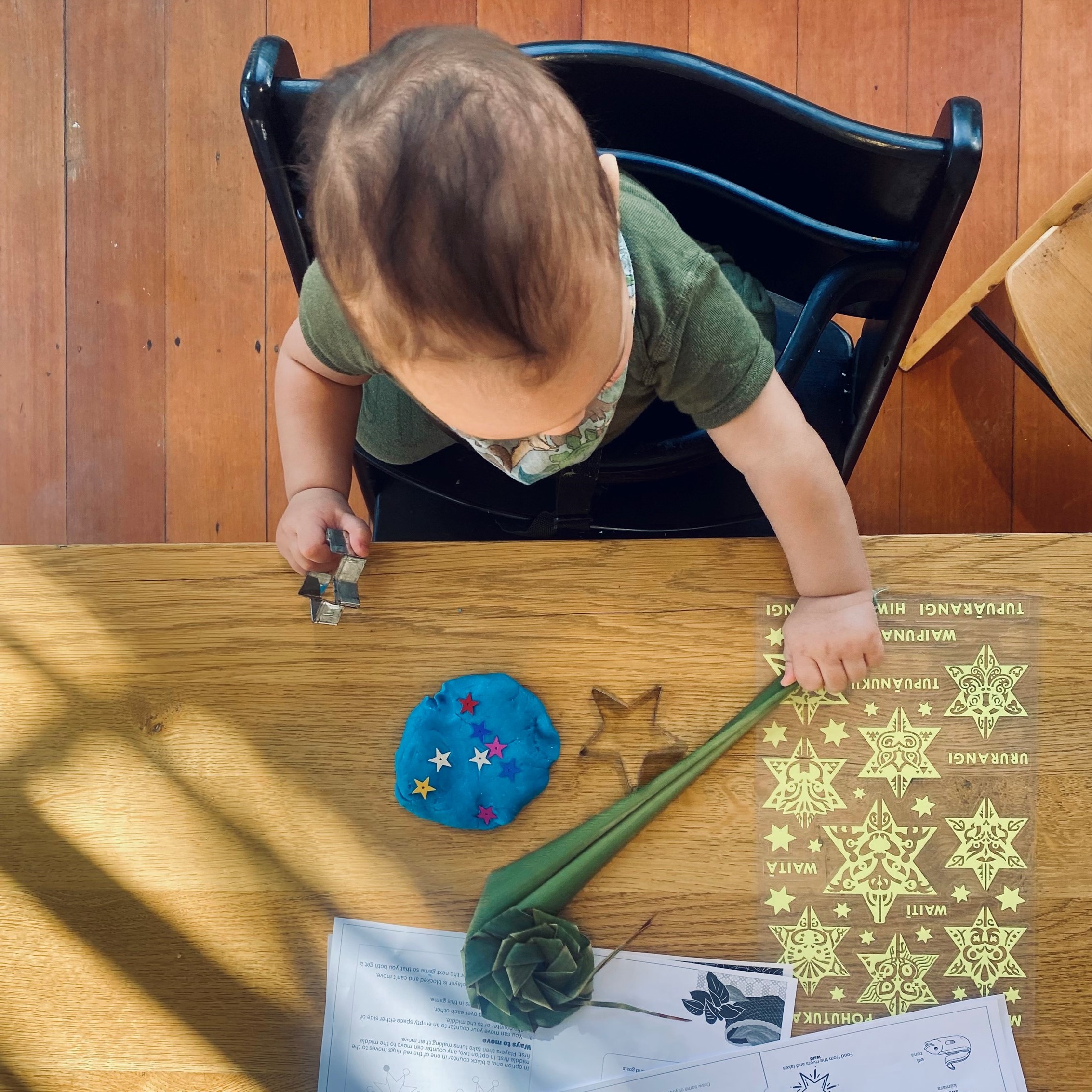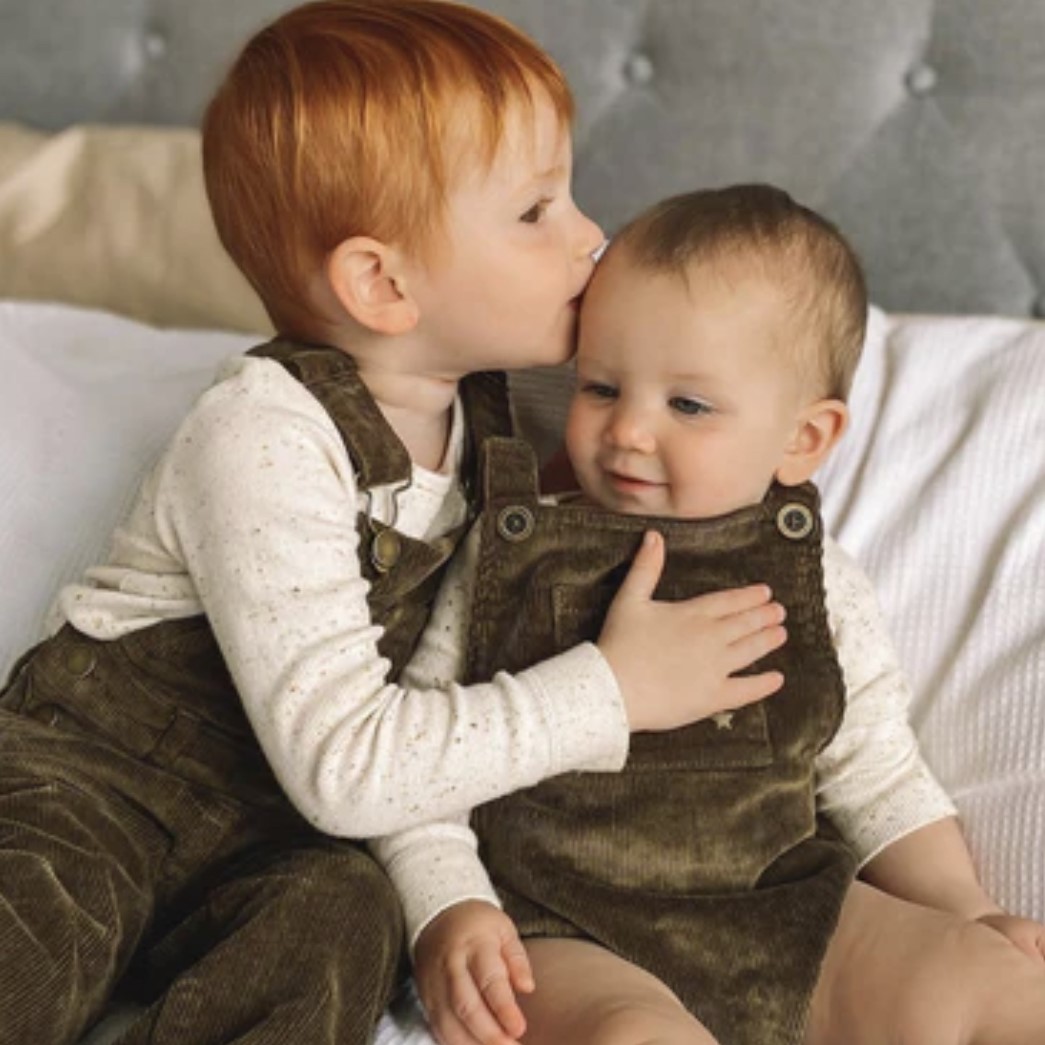Thinking of Transitioning Your Toddler From a Cot to a Bed? Here’s How to Go About It

Our definitive guide to making the move as smooth as possible for both you and your little one.
Another month, another milestone, right? There’s always something new and exciting to embark on with a child, whether it’s walking, talking, toilet training, or moving to a big kid bed. So, when it the right time? Is there such a thing? And what do you need to be mindful of to help with the transition? Let’s take a look.
WHEN SHOULD I MOVE MY CHILD FROM THEIR COT TO A BED?
Most tamariki move from a cot to a bed sometime between 18 months – 3.5 years. Every family and child is different but there’s no need to rush if your little one is happy where they are.
Most sleep specialists recommend waiting as close as possible to 3 years old as by this age your little one has developed some impulse control so they’ll be more likely to stay in bed, unless you need to transition them for safety reasons of course.
It might be time to move your child from their cot to a bed if:
- They’re climbing out of their cot – this is a safety risk as they could fall.
- They have outgrown their cot.
- You have a new baby on the way who will need the cot.
- Your child has been toilet trained and needs to be able to get up in the night to use the toilet.
If you’re expecting a new baby and moving your child into a bed for that reason, some parents choose to make the transition out of the cot a few months before the due date so your older child doesn’t feel resentment towards the new baby.
WHAT SIZE SHOULD I BUY?
There are a few options and every whānau will have a different preference.
- If your child is currently sleeping in a cot that can be converted to a toddler bed (and you don’t need the cot for another pēpi), it makes sense to use that as you already own sheets that fit. Alternatively, you could buy a toddler bed. The benefits are that they offer a more enclosed design and are low to the ground so there’s less risk of your child rolling out in the night, plus they’re easier to accommodate given they take up less floor space. Do keep in mind that your child will outgrow it sooner than a standard single though.
- Opt for a single or king single bed. The great thing about a standard bed is that they’re bigger so you’re you won’t need to upgrade as your child grows but they do take up more room and the risk of falling is greater. However, you can get bedside rails to mitigate that. A larger bed may also be a good option for your family if your child likes to have you lie down with them to read stories or when they wake in the night.
- A floor bed may be the best of both worlds, offering a safe space that they can’t fall out of and room to grow if you get one in a single-bed size or larger.
Whichever option you go with, keep in mind that pillows and soft toys can be a suffocation hazard for children under two years old. It’s also vital to make the bedroom and the bed safe. Check for any gaps that your child could get wedged in, ensure the bed rails fit tightly against the mattress, and keep the bed or mattress away from the walls to reduce the risk of suffocation.
Have you safety-proofed at home? Now that your child can get out of bed more freely, it’s vital to ensure there are no hazards in their room or the rest of the house. See our guide here.
TIPS FOR THE TRANSITION
- Have your child help with the process – they’ll have fun picking out new bedding and be more excited about the move!
- If you’re moving your child into a bed in winter, you may want to keep them in a sleeping bag to ensure they stay warm at night. Otherwise, if they have a tendency to kick off the covers, when the temperature drops they may wake because they’re cold. Do keep in mind that wearing a sleeping bag can put your child at a higher risk of falling and injuring themselves though.
- Stick to one change at a time until they’re settled in. Toilet training, for example, can probably wait.
- Be mindful of having a gentle wind-down routine so bedtime feels restful and relaxing rather than exciting and frenzied.
- Be consistent with your approach. Know that it’s normal for your little one to get up quite frequently at first. Stay calm, don’t give in by letting them stay up, and have as little of a reaction as possible. Simply walk them back to bed and remind them, “It’s time to go to sleep, I’ll see you in the morning.”
- Offer plenty of praise through the transition and tell them how proud you are!



